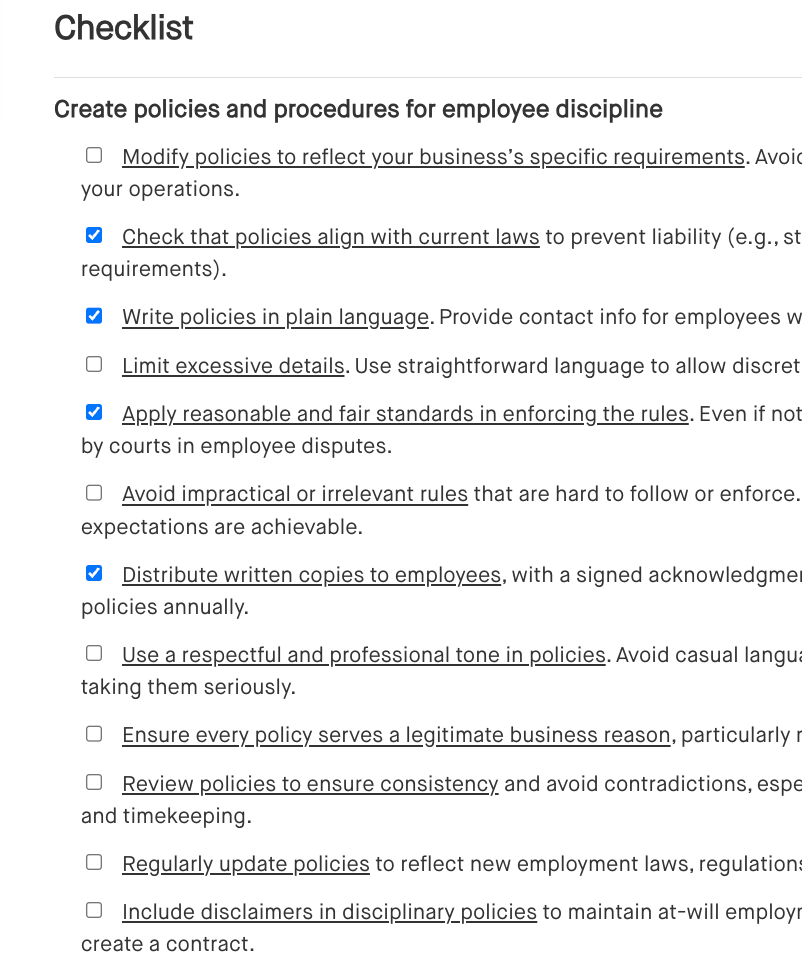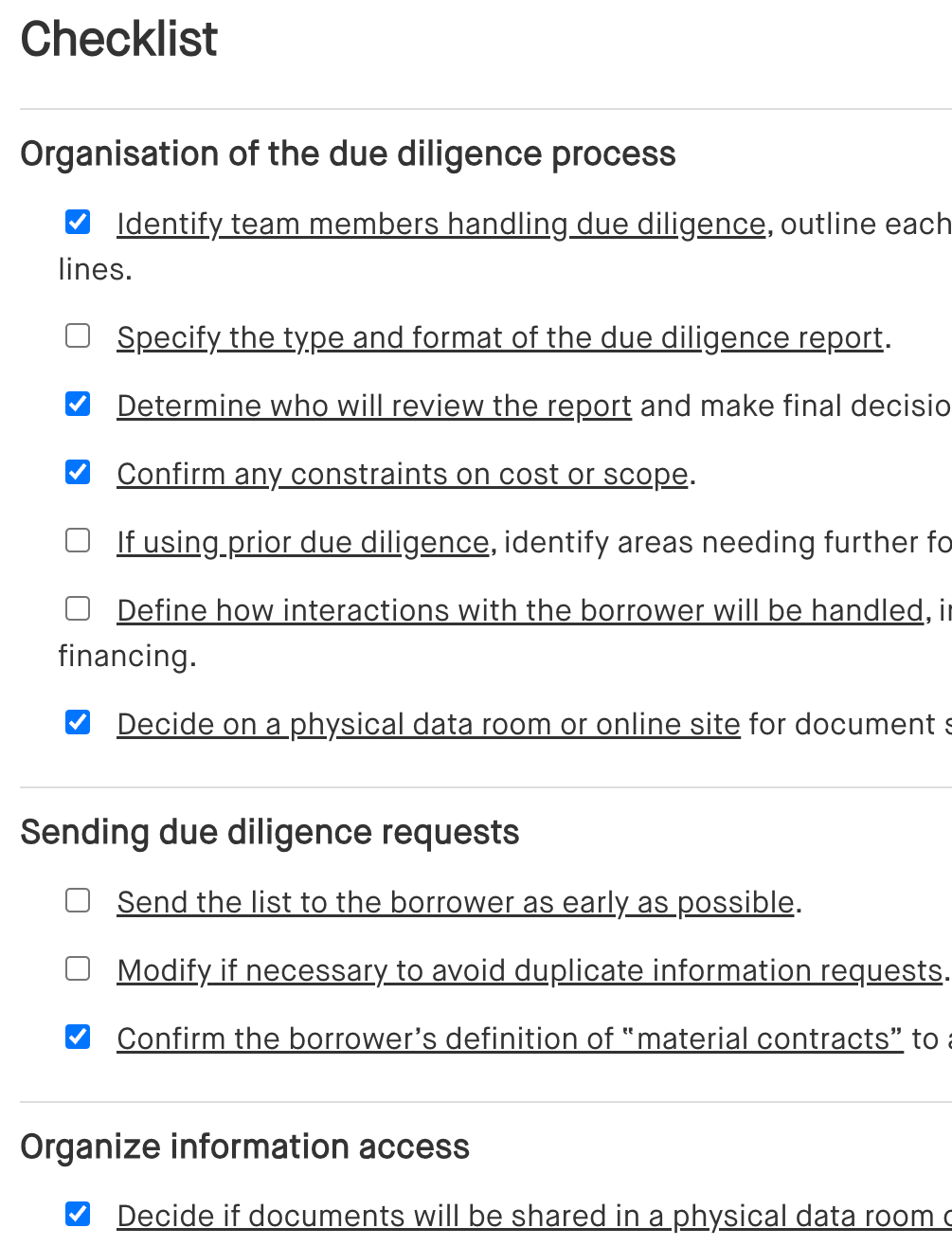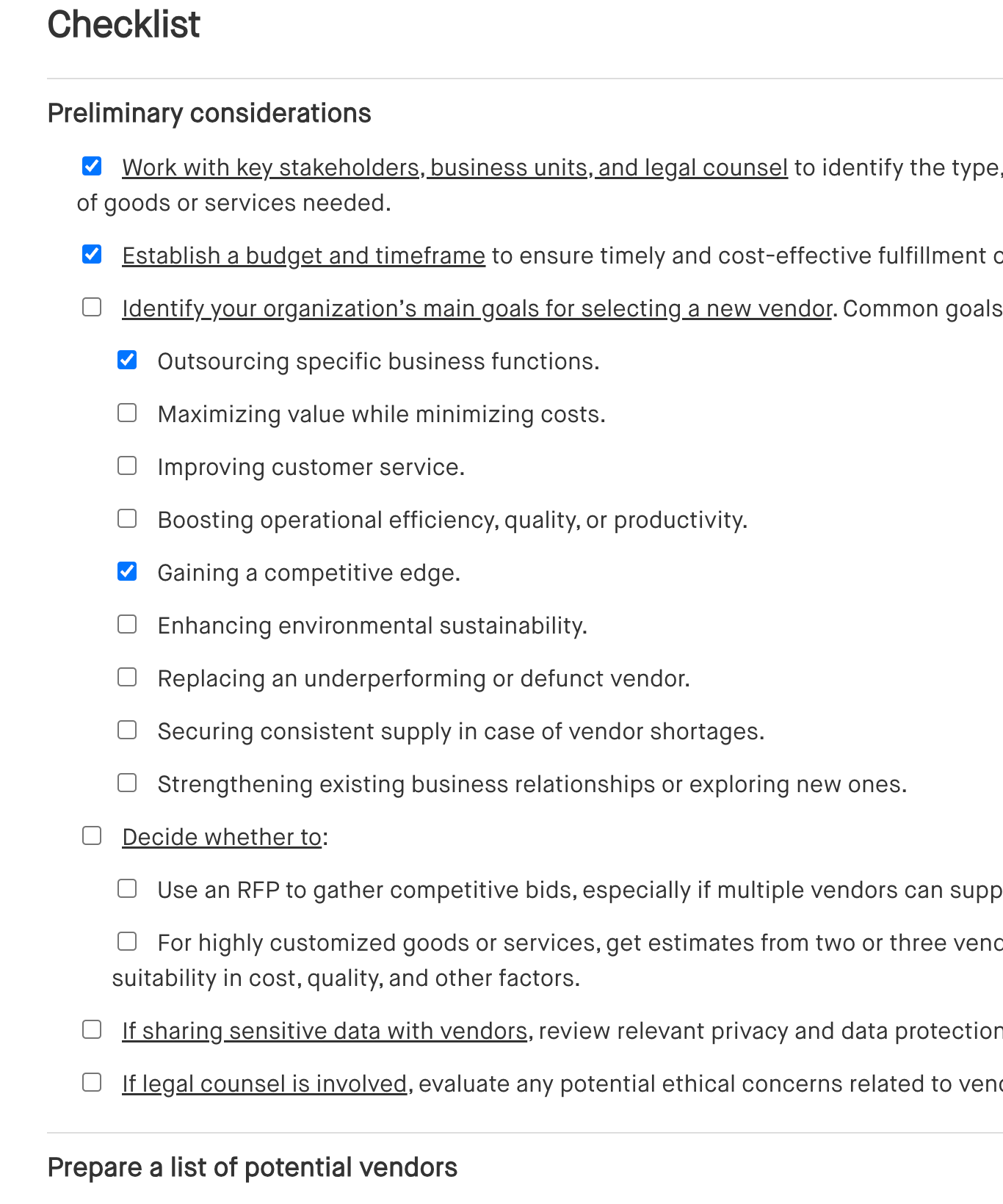Sexual harassment prevention training: Free checklist
Sexual harassment prevention training checklist
Sexual harassment in the workplace is a violation of Title VII of the Civil Rights Act of 1964 and many state and local laws. It includes unwelcome sexual advances, requests for sexual favors, and other inappropriate conduct based on gender. Beyond legal violations, sexual harassment can lead to costly lawsuits, lower employee morale, and increased turnover. Employers are responsible for taking steps to prevent harassment and ensure a safe, respectful environment for all employees.
One essential measure for preventing harassment is offering sexual harassment prevention training. This training reinforces the company’s anti-harassment policy and ensures employees understand the impact of inappropriate behavior. It’s not just a best practice—it’s legally required in several states. For example, states like California and New York have specific laws that mandate employers to provide sexual harassment training at regular intervals, especially to supervisors and managers. California, for instance, requires two hours of training for supervisors and one hour for nonsupervisory employees.
Training may vary by state or local law, which can dictate:
- Who must be trained: Some states require all employees to be trained, while others focus only on supervisors.
- Training length: States like California require one hour of training for nonsupervisory employees and two hours for supervisors.
- Training methods: Online training is allowed in certain states, like California and Connecticut, but it must be interactive and effective.
- Content requirements: Different states specify what topics need to be covered, such as recognizing harassment, how to report it, and legal consequences.
- Trainer qualifications: In some areas, only qualified trainers may be allowed to conduct the training.
- Recordkeeping: States may require employers to maintain records of the training, including who was trained and when it occurred.
Even if your state doesn’t legally require sexual harassment prevention training, it’s still best practice to implement it. Employers who train their staff regularly create a safer and more respectful workplace, reduce the risk of harassment claims, and demonstrate a clear commitment to employee well-being.
This sexual harassment prevention training checklist is designed to help employers ensure their training programs comply with legal requirements and best practices. By following this checklist, employers can create a safer, more inclusive workplace while reducing the risk of costly lawsuits and fostering a positive environment for all employees.
The checklist guides you through essential steps, from understanding state and local laws to delivering comprehensive training that effectively addresses sexual harassment. It also helps ensure that your organization maintains compliance with evolving regulations and demonstrates a commitment to workplace safety and respect.
How to use this sexual harassment prevention training checklist
This sexual harassment prevention training checklist is designed to guide you through building and delivering effective training for your workplace. Here’s how to use it:
- Start with your policy: Ensure your anti-harassment policy is clear, up to date, and accessible to all employees. The checklist will help make sure your training reinforces this policy.
- Follow the steps in order: Each section of the checklist walks you through the key topics, from creating the policy to handling reporting procedures. Stick to the order to make sure you cover all necessary points.
- Tailor the content: Customize the checklist to fit your organization’s size, structure, and state laws. Make sure the examples, definitions, and reporting procedures align with your specific workplace.
- Train both employees and supervisors: Use this checklist to ensure all employees receive the same core training, while also offering extra guidance and responsibilities for supervisors and managers.
- Regular updates: Keep this checklist updated to reflect changes in the law or company policies. After each training session, review what worked and what can be improved for next time.
Checklist
Frequently asked questions (FAQs)
Q: Who needs to undergo sexual harassment prevention training?
A: In many states, training is required for all employees, especially supervisors and managers. Check your local laws to determine specific requirements.
Q: How often should training be conducted?
A: Most states that mandate training require it annually or every two years. Even if it’s not required, it’s best practice to provide regular refreshers.
Q: Can the training be done online?
A: Yes, many states allow online training as long as it is interactive and meets state-specific guidelines.
Q: What happens if harassment goes unreported?
A: Employers can still be held liable if harassment occurs but is not reported. It’s important to create an environment where employees feel comfortable coming forward.
Q: How can we encourage employees to take harassment training seriously?
A: Emphasize that failure to comply with harassment policies will lead to disciplinary action. Make sure supervisors set a strong example.
This article contains general legal information and does not contain legal advice. Cobrief is not a law firm or a substitute for an attorney or law firm. The law is complex and changes often. For legal advice, please ask a lawyer.


